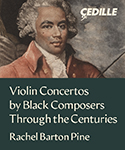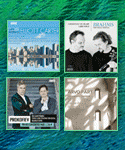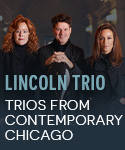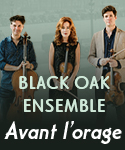Having the same surname as Russia’s greatest composer, Peter Ilyich (no relation), surely got Boris Tchaikovsky attention that otherwise might not have come his way. The fact that he was active many decades after the famed Tchaikovsky’s death allowed him to avoid any comparisons–however he couldn’t avoid such scrutiny vis-à-vis his clearly superior contemporaries. Shostakovich and Prokofiev were the Soviet Union’s greatest composers, and when Boris is not sounding like the former, he’s blatantly imitating the latter.
Symphony No. 1’s first movement begins with a pensive theme that could have found a place in Prokofiev’s Seventh Symphony or Cinderella ballet. That composer’s dramatic style informs pretty much all of the development, while the coda features that hushed, chorale-like string writing characteristic of Shostakovich. Shostakovich also weighs heavily in the scherzo with its persistent wood block and machine-gun trumpets. I could go on, but you get the point. All of this might be interesting if Tchaikovsky’s thematic material were compelling, but it’s mostly quite ordinary.
Interestingly, Tchaikovsky displays improved melodic skill in the appended works. The Murmuring Forest suite incorporates much interesting Russian folk material, while in After the Ball (after Tolstoy) Tchaikovsky creates a pleasing pastiche of 19th-century dances and marches, with one waltz most likely an homage to his famous namesake. All the works receive fully committed performances from Edward Serov and the Volgograd Philharmonic (symphony), and Kirill Ershov and the Saratov Conservatory Symphony (the remainder). The recordings (made in two different locales) offer spacious and lively acoustics, with impressively wide dynamic range.
































